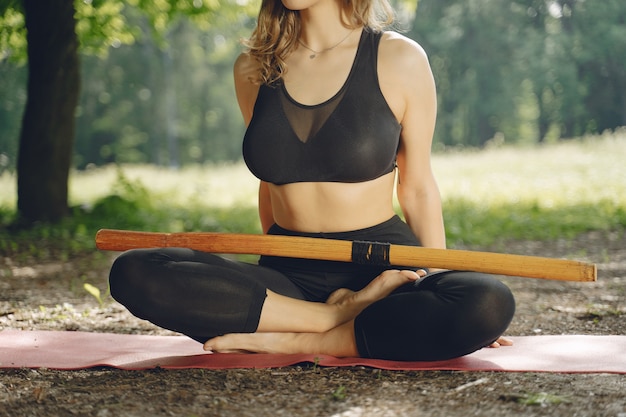
Yoga is more than just about flexible bodies; it has extensive benefits for your memory, heart, and bone health, according to Anna Magee. Yoga has captivated the British, who now spend about £790 million annually on yoga classes and mats.
Although some recent yoga trends seem unconventional—like rage yoga, naked yoga, and dog yoga—science has started to back up the tangible benefits of traditional yoga practices. Researchers at UCLA discovered that a three-month yoga and meditation program was more effective than memory exercises in reducing age-related brain decline, and another study found it improved sleep for breast cancer survivors.
When Lucy Edge, a 53-year-old former advertising executive, fell into a deep depression, she turned to yoga instead of the prescribed antidepressants. She took a six-month career break to study yoga in India and returned with a profound sense of happiness and contentment. Lucy, who has authored three books on yoga and founded Yoga Meds, a site listing clinical trials on yoga’s benefits, emphasizes that yoga significantly helped her depression.
Yoga can benefit your health in numerous ways and getting started might be easier than you think. For example, a UCLA study comparing the effects of memory exercises against a 12-week course of yoga and meditation on individuals over 55 found that yoga participants experienced better improvements in memory, along with reduced anxiety, depression, and stress.
If you’re looking to improve heart health, yoga may be as beneficial as more conventional exercises like brisk walking. A systematic review in the European Journal of Preventative Cardiology suggested that yoga could lower the risk of heart disease. Stress, a significant contributor to heart disease, can be effectively managed through yoga, which has been shown to lower blood pressure, cholesterol, and weight.
For beginners, Charlotte Watts, a yoga teacher and author, recommends gentle yoga poses for stress reduction. Restorative yoga, suggested by senior teacher Anna Ashby, involves holding supported poses for longer durations, offering quick stress relief.
Yoga isn’t just about flexibility; it’s also effective for back pain relief. Sarah Shone, a musculoskeletal physiotherapist, integrated yoga into a rehabilitation program for back pain, with 87% of participants reporting pain reduction. The National Institute of Clinical Excellence includes yoga as a recommended exercise for lower back pain.
Starting yoga doesn’t require advanced poses or rigorous routines. Gentle styles like Hatha or Iyengar yoga are more accessible for beginners and can be tailored to health conditions. If you have issues like back pain, you might even be eligible for subsidized yoga classes through an exercise referral scheme.
The right gear can enhance your yoga practice. When choosing a yoga mat, consider where you’ll store it, how portable it needs to be, your height, and the mat’s thickness. A thicker mat can protect your joints during practice. The Elephant Cork Yoga Mat from Valka Yoga, for instance, is eco-friendly and designed for comfort and grip. It’s antimicrobial, odour-resistant, and comes with a one-year replacement warranty.
Yoga blocks can also be useful, helping you get into poses more comfortably. Valka’s matching cork yoga block is stylish and stable, making it a popular choice.
Yoga is versatile and suitable for everyone, whether you’re extremely flexible or not. Different styles cater to different needs: Yin or Restorative for relaxation, Vinyasa Flow for an energetic practice, Iyengar for precision, and Anusara for a modern, music-enhanced experience. Yoga Therapy targets specific injuries or health issues.
Yoga’s benefits are well-supported, and getting started can be as simple as joining a class suited to your level and needs.